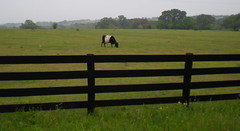
First Stop: Texas Cheese House in Lorena. A retired man by the name of Scott Simon embarked on this cheese venture a little over a year ago to alleviate boredom. He makes a variety of cheeses, mostly flavored, depending on “what he feels like making that day.” He uses Nesco ovens to make the cheese! Then they’re cryovac-ed and stored in cheese-erators.
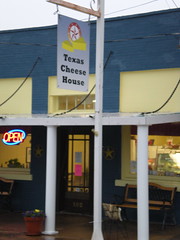
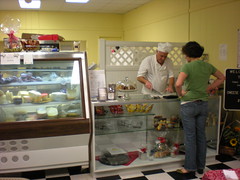
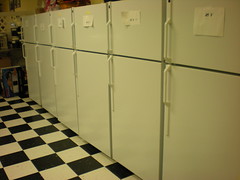
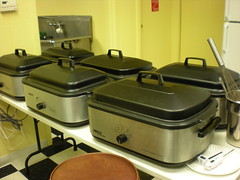
He also sells local cheeses including cheeses from The Mozzarella Company and The Veldhuizen Family Farm. Simon says he makes the best grilled cheese- you choose the bread and the cheese.
Next stop, Brazos Valley Cheese House located in the homesteading community of Brazos de Dios near Waco. We were welcomed into the cheese room by Mark, Sharon, and Rebeccah. There we sampled smoked gouda, havarti, jack, muenster, cheddar, blue, and brie. Although I’ve been on a blue kick recently, the havarti and cheddar were my favorites. This blue was young, and just wasn’t as good as the riper BV blue we’ve been selling at the markets. All of the Brazos Valley cheeses have one thing in common- amazing creaminess.
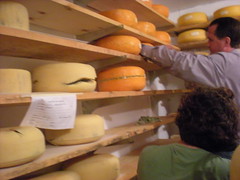
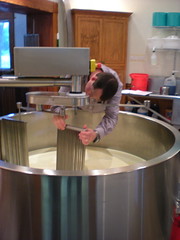
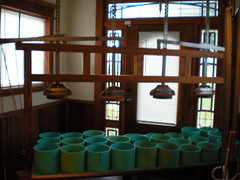
We were running behind due to the weather, so sadly I had the shortened version of the tour. The land was beautiful. We visited the Gristmill and were greeted by a super friendly teenage boy who eagerly showed us the workings of the gristmill. The meaning of the phrase “nose to the grindstone” was explained to us- watching closely as the grains are ground between the grindstone and the steel- if the grindstone touches the steel you will smell the spark. He also explained “rule of thumb”- rubbing flour between your finger and thumb to check for texture.
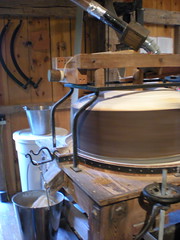
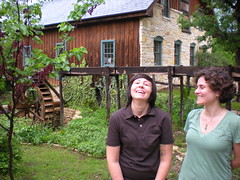
After our lesson in the production of flour Lindsey, Mark, and I had lunch at the Homestead Heritage Restaurant. We all had burgers, fries, and ice cream. The burgers are made of grass-fed beef raised on the land and topped with Brazos Valley cheese on a homemade bun made of their freshly ground flour. (Lindsey’s first burger in 2 years!) The fries were homegrown homemade sweet potato fries with sorghum syrup. So good!

Before leaving we visited The Barn, a shop that sells handcrafted furniture and gifts made by the Brazos de Dios community. As we were loading the van and saying our goodbyes Mark gave me a box full of a variety of cheeses! (Fresh mozzarella, marinated mozzarella, horseradish pecan cheddar, blueberry havarti, and southwest leicester.) The horseradish pecan cheddar was my favorite. Leaving Brazos de Dios left me with a ton of questions. Hopefully I will have the chance to visit again and stay longer.

Our last stop was La Cuesta Farm. Unfortunately, this is the last pick up the Houston Dairymaids will do. John and Alberto have sold most of their goats and are no longer making cheese (at least for now.) I will miss their fresh chevre so much! I have never had a fresh chevre better than La Cuesta’s. I didn’t get to see where the magic happens or pet the goats. Heartbreaking.
I had so much fun talking to Lindsey and the cheesemakers! I can’t wait for my next invite to tag along.


































